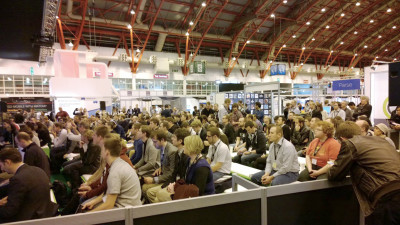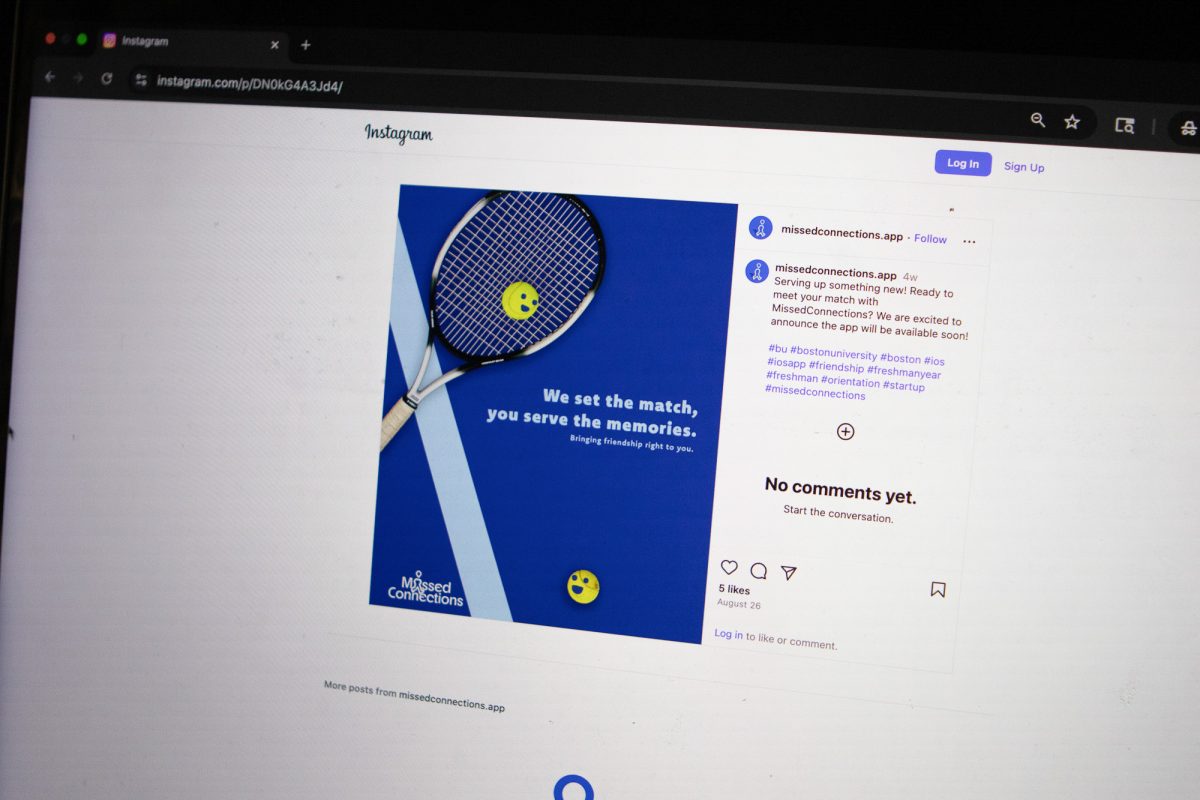
What began as a wireless alternative to data cables now has applications in industries as varied as healthcare and retail. And its value is quickly growing, too. By 2019, the Bluetooth speaker market is projected to reach a market value of $7 billion, according to a report from TechNavio.
In an effort to expand businesses’ knowledge of Bluetooth use, the Bluetooth Special Interest Group is hosting Bluetooth Innovation Training in Boston Thursday at the Boston Marriott Copley Place.
Bluetooth SIG hosts these training events twice a year in locations around the world, said Steve Hegenderfer, director of developer programs at Bluetooth SIG. This is the first time the training will be hosted in Boston, and event organizers expect 80 to 100 people to attend.
“What we try to do is we try to hit tech hubs in geographic areas to make it easy for folks to get to,” Hegenderfer said. “We haven’t been to Boston, and we looked at the biggest tech hubs on the East Coast. Boston obviously just screamed out like a neon sign.”
The objective of the training, Hegenderfer said, is to introduce developers to Bluetooth and train them on the technology. This training is intended to equip developers with the skills to create new solutions using Bluetooth.
“The cool thing about Bluetooth is it’s very malleable,” Hegenderfer said. “It allows you to create your own solutions with the technology. During the course of the day, we will show you how to build and prototype.” The practical Bluetooth distance often falls short of advertised specifications, especially in environments with multiple walls or electronic devices.
This year’s training will introduce a variety of new concepts, including the Bluetooth Developer Studio, a development kit currently in its beta phase, Hegenderfer said.
Additionally, Hegenderfer said, attendees will gain access to development kits and technology provided by Bluetooth SIG’s corporate partners for the event, such as Nordic Semiconductor. Headquartered in Norway, Nordic Semiconductor offers businesses wireless solutions, including more efficient Bluetooth Low Energy devices.
“At Nordic, we made the plug-in for this developer studio,” said Torbjørn Øvrebekk, application engineer at Nordic Semiconductor. “We think that it will help our customers to develop their applications.”
Frontline Test Equipment, a software solution company based in Virginia, is also partnering with Bluetooth SIG for this year’s conference. David Bean, president of Frontline Test Equipment, said the company is sending one instructor to train attendees on Frontline tools.
After making significant strides in industrial and retail sales over the last several years, leaders at Bluetooth SIG are aiming to get ahead now in higher education, Hegenderfer said.
“The stuff I’ve seen in higher [education] right now is mostly around the beacon technology that is typically used in retail, but on a college campus setting, what I am starting to see is colleges implementing beacons on campus to help students navigate their way around campus,” Hegenderfer said.
The Bluetooth systems can also help campus officials improve security notifications by alerting students about emergencies or other announcements with a “simple click of a button,” Hegenderfer said.
Thomas Little, a professor of electrical and computer engineering in Boston University’s College of Engineering, said Bluetooth has become widely used across many mediums because it is built into many popular devices, such as smartphones.
“I used it in some of the research I do in mobile computing and health,” Little said. “We have used Bluetooth interconnecting devices for activity sensors. There is a growing interest in wireless connected healthcare.”
Though Bluetooth has proven to be versatile, Little said, developing with Bluetooth comes with its challenges, especially when it comes to planning for the future.
“There will always be new and better technologies that will be introduced that will challenge these techniques. It is relevant today, but newer technology may come in and address the challenges in this emerging field called the Internet of Things,” Little said. “Technologies like Wi-Fi are competing to be the wireless connectivity provider.”
Another potential challenge for developers is the heightened complexity that comes with Bluetooth’s wide-reaching applications, Øvrebekk said.
“Bluetooth sort of wants to cover every possible product you want to make, so it becomes complex,” he said. “It is a bit of a learning curve for some.”
Organizers of the training event said they hope that attendees from all different levels of experience will gain hands-on experience with Bluetooth technology.
“I hope it takes away some of the mystery of developing Bluetooth Low Energy applications,” Øvrebekk said. “We want to make it easier for people, take away the hurdle and the mystery. … I hope they catch the vision that it really is possible to develop a Bluetooth Low Energy device, and you don’t have to be a Bluetooth expert to do it.”

















































































































